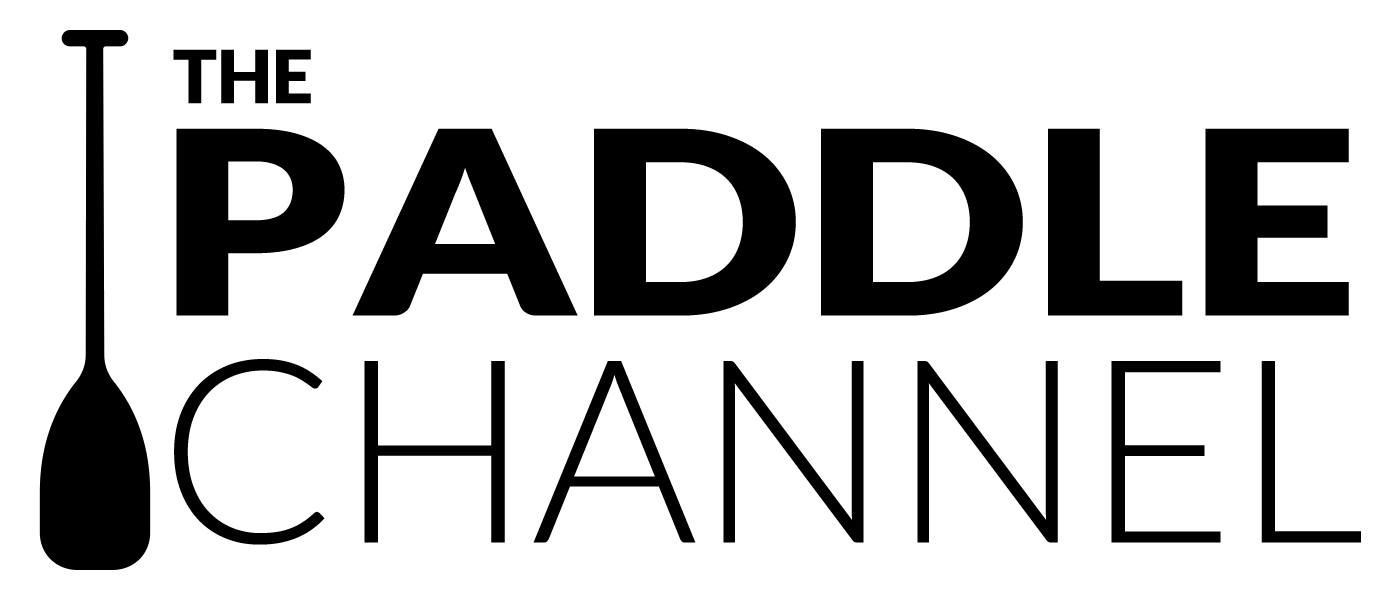Maximum Heart Rate Test Protocols
One of the more effective ways to gauge intensity during your training sessions is to utilize a heart rate monitor and work at prescribed intensities during your workout. While using a heart monitor isn’t required, we have found that training by heart rate is more effective and more interesting than training only by rate of perceived exertion, or RPE. Our training plans use zones, which are percentages of your maximum heart rate, so to get the most out of your training, you should test for your current max heart rate and enter the result in the training platform.
You may find that max heart rate is “craft-specific” — if you are cross training using different watercraft, perform your MHR test using the craft you plan to race on in your A-priority race. For example, if you training using both outrigger canoe and SUP, but your plan to race your A-priority race on SUP, you should perform your MHR test on the SUP.
To Get Accurate Results
To get accurate results, you should be:
- Rested.
- Thoroughly warmed up.
- Motivated to make maximum effort (a training partner helps).
We’ve found that MHR testing can be effectively determined using any of the following protocols. If you have a heart rate monitor, pull your data to find your highest heart rate. If you don’t have a heart rate monitor, just take your pulse immediately after completing each test.
Option 1: The Long Sprint
- Warm up for 15:00. Paddle nice and easy for the first 10:00, then push the pace a little to get your heart up a bit.
- Do the following 3-4 times:
- Paddle at 300-400 meter stretch as fast as you can. Sprint ( as hard as you can) the last 25 meters or so. Recover, and repeat.
Option 2: The 15-Second Method
- Warm up for 15:00. Paddle nice and easy during the warm up.
- Toward the end of the warm up, starting gradually increasing the pace until your heart rate is in the 100-120 beats per minute (bpm).
- Without stopping, gradually increase your effort level, trying to increase your heart rate by 5 bpm.
- Every 15 seconds, increase your effort to increase your heart rate by an additional 5 bpm.
- When you are no longer able to increase your heart rate (usually within 2-4 minutes), you can stop the test. Note your highest heart rate and record that number as your max.
Option 3: The Tabata Method
- Warm up for 15:00. Paddle nice and easy for the first 10:00, then push the pace a little to get your heart up a bit.
- Do the following 8 times.
- Paddle 20 seconds as hard as you can with good form.
- Rest for 10 seconds.
Option 4: The “To-the-Pain” Method
- Warm up for 15:00. Paddle nice and easy for the first 10:00, then push the pace a little to get your heart up a bit.
- Without stopping, work at a “moderate pace” for 3:00. This should be comfortably hard — a pace you feel you could maintain for an hour or so, but then you would be quite tired.
- After the 3:00 at a moderate pace, increase your speed by 10% every minute. So if you settled in at 4 mph during the previous 3:00, you would take your speed up to 4.4 mph for a minute, then 4.8-4.9 mph for a minute, and so on.
- When you get to a pace that is extremely hard to continue, sprint for 30 seconds. Watch your heart rate monitor — the highest figure you see should be your MHR.
A Few Tips
- Some people may require a longer warm up. Feel free to warm up longer than described above. We have found that many people underestimate the amount of optimal warm up, so don’t be surprised if you find you want a little more warm up time than 10:00-15:00.
- These test are hard. We recommend that you are cleared by your physician before undertaking any of these protocols.
- Most people will get a more accurate MHR if the test is done with a partner.
- As you progress through your training plan, you may occasionally see a higher number than what you achieve today with these tests. If so, simply update your max heart rate to the new figure. For example, you may test at 180 bpm, but during a downwind run, you may observe a heart rate of 184. If so, then 184 should be used as your MHR until you test again.
